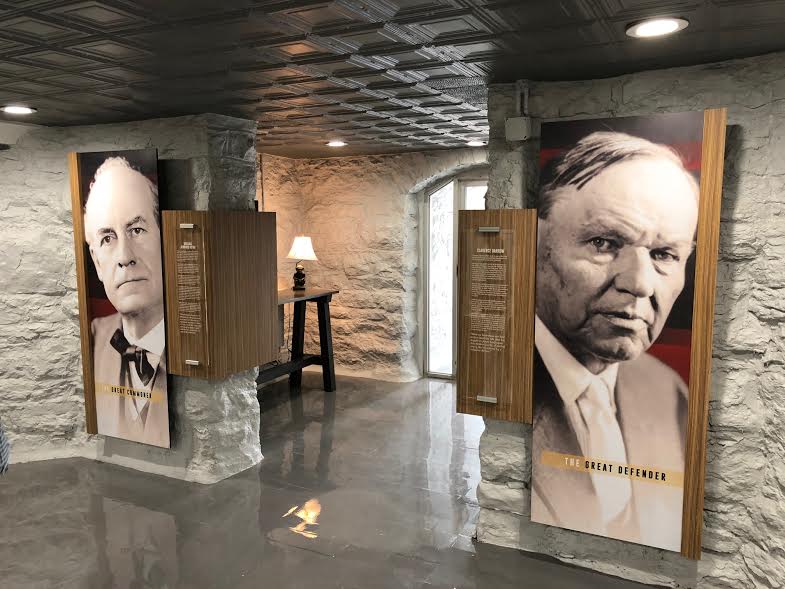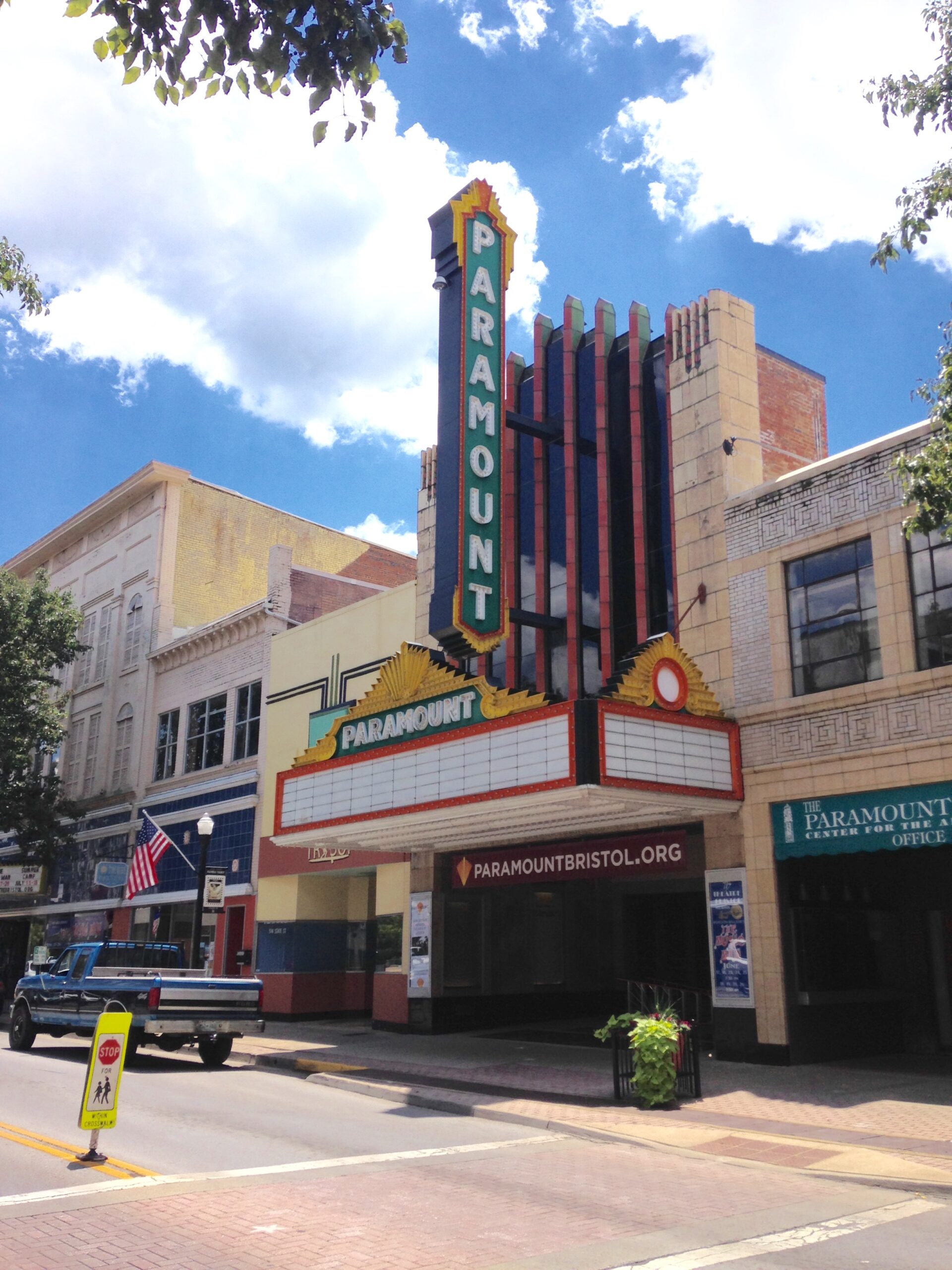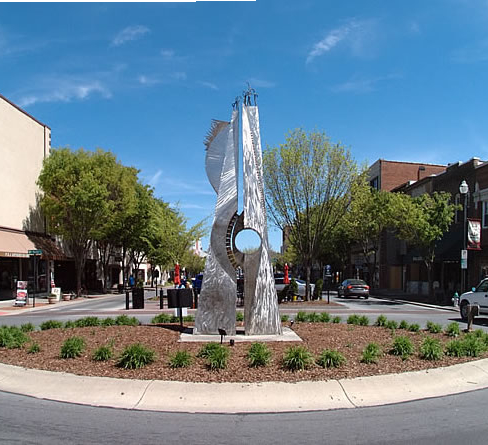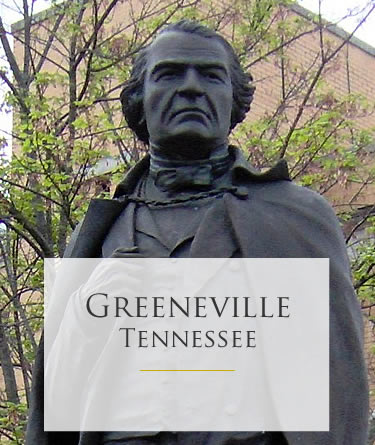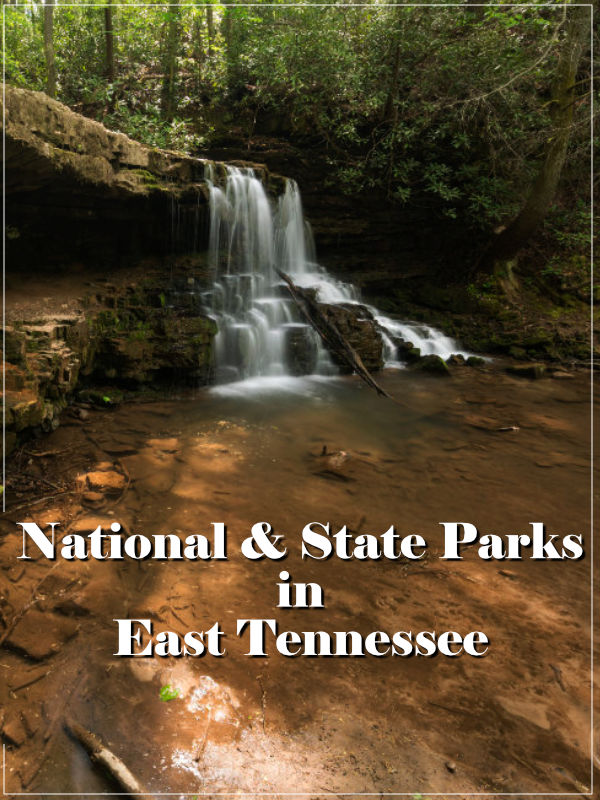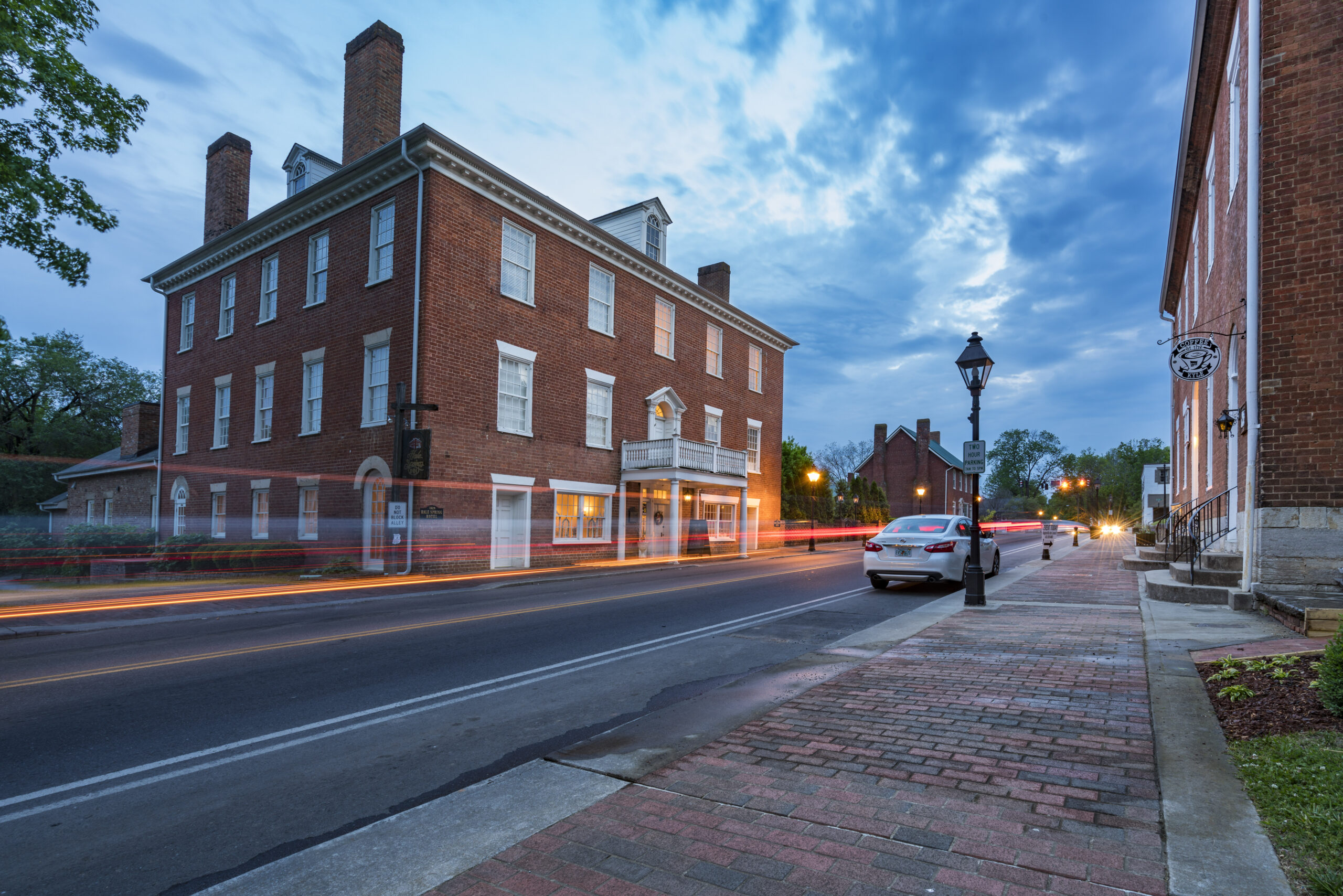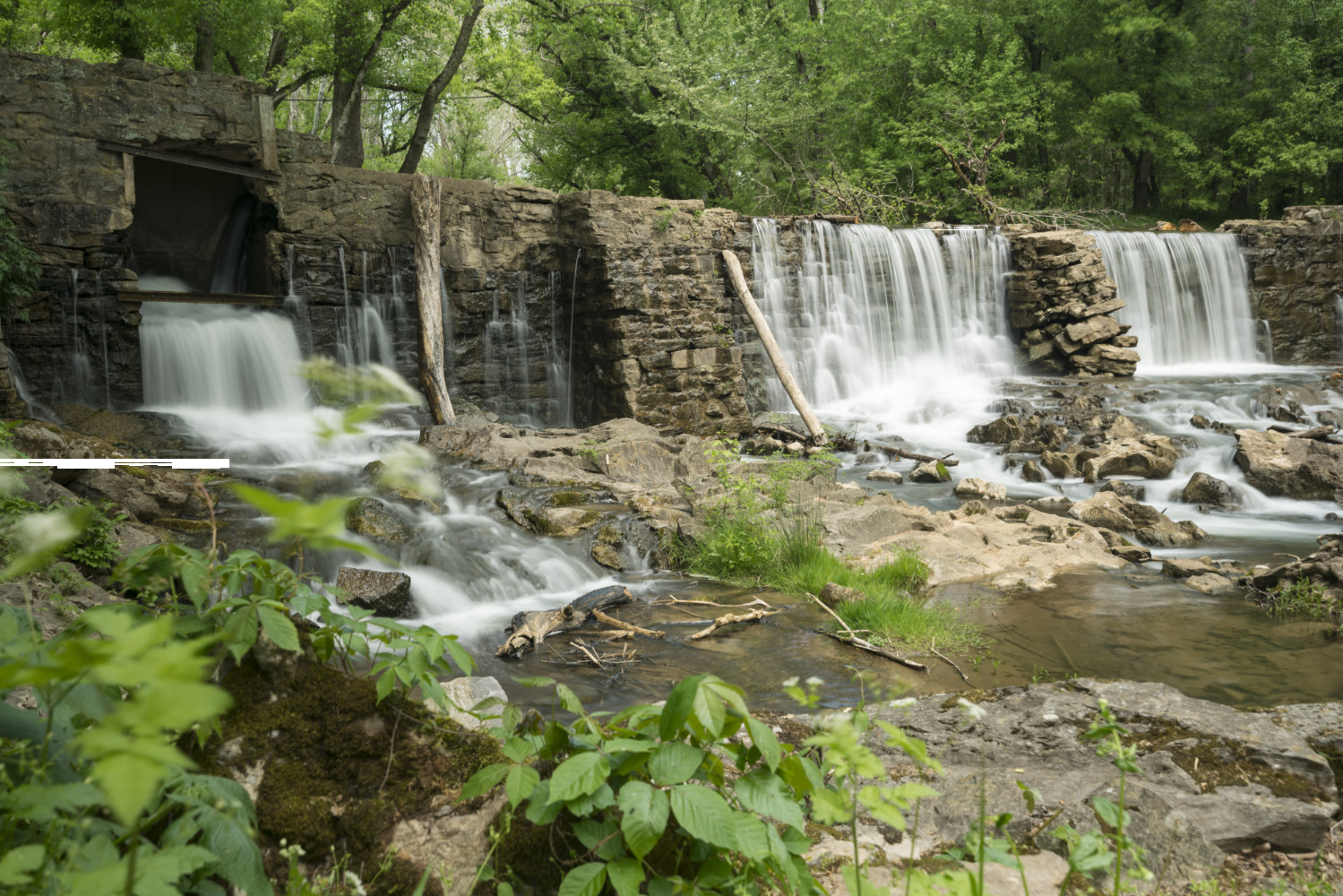Andrew Johnson bought the land that comprises the Andrew Johnson National Cemetery in 1852. According to family tradition, Johnson enjoyed coming to this spot for peace and meditation. It afforded superb and unpopulated views of the mountains in the distance. Because of its height and unobstructed view of the railroad, it was used during the Civil War for signaling, and it became known as “Signal Hill.”
It was Andrew Johnson’s request that he be buried here, and he was, on the 3rd of August, 1875. At the crest of the hill, the Masons carried out the rites of burial.
The family erected the tall obelisk over Andrew and Eliza Johnson’s grave in 1878. There was a dedication ceremony, and afterwards, this became known as “Monument Hill.”
The family owned the cemetery property until 1906. From 1906 until 1942, the cemetery fell under the jurisdiction of the War Department. The first veteran burial took place in 1909; by 1939 there were 100 graves.
When the NPS took over in 1942, the original policy was to allow no more burials. The DAR and American Legion, however, began lobbying for the reactivation of the Cemetery, and in 1946 they found success. Along with Andersonville National Historic Site, the Andrew Johnson National Cemetery remained one of only two active national cemeteries within the National Park Service until 2019.
It remains a distinction that both these cemeteries are administered by the NPS and have gravesites for soldiers other than those who fought in the Civil War. In the Andrew Johnson National Cemetery you will find veterans from the Civil War, the Spanish-American War, WW1, WW2, the Korean War, Vietnam, the Gulf War, Iraqi Freedom, and Afghanistan. By 2019, the year of the cemetery’s transition to inactive status, over 2000 headstones marked the hallowed ground.

Subscribe to Stay Up-To-Date
Know about the latest events happening in East Tennessee
We do not spam. You can unsubscribe anytime


